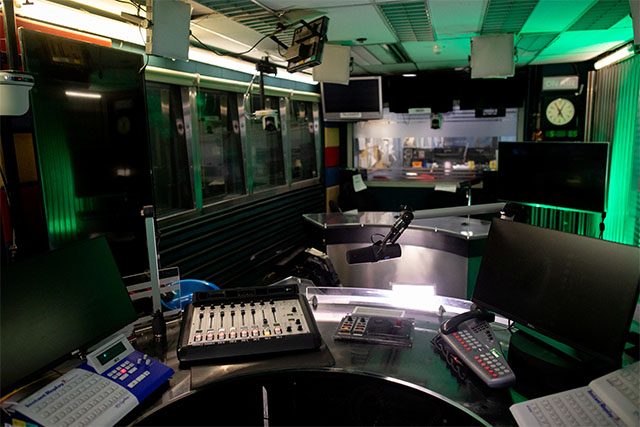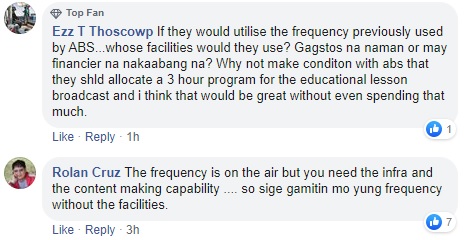
The proposal to use ABS-CBN’s former frequency for distance learning was questioned for possible additional costs and equipment needed for it.
Last Tuesday, July 14, Rep. Luis Raymund Villafuerte (Camarines Sur) filed House Resolution No. 1044 that seeks to allow the government to use ABS-CBN’s former radio and television frequencies for distance learning of the Department of Education.
Villafuerte was among the 70 lawmakers of the House Committee on Legislative Franchises who voted in favor of the resolution that denied the broadcast giant’s application for a fresh 25-year license to operate last Friday, on July 10.
Only 11 lawmakers voted against the resolution and supported ABS-CBN’s franchise renewal. Two inhibited from the voting and one lawmaker abstained.
Without a franchise, the frequency ABS-CBN once used is now vacant.
In Villafuerte’s resolution, he recommended that for this to be temporarily used for distance learning of students amid the COVID-19 pandemic.
“Now, therefore, be it resolved, as it is hereby resolved that the House of Representatives recommend the temporary use by the government of ABS-CBN former television and radio frequencies for distance learning, instruction, training and other useful purposes to mitigate the impact of COVID-19 on education in the Philippines,” part of the resolution read.
Villafuerte also mentioned that this would be helpful to students and teachers without access to internet connectivity or laptops.
“Inequality and inaccessibility of opportunities such as those pertaining to internet connectivity and possession of a laptop pose a variety of challenges for teachers and learners,” he said.
“The unused frequencies may also be used for information on COVID-19 prevention and control, risk reduction and preparedness,” he added.
It was not mentioned how the government can properly utilize the frequency as an alternative option for on-site classes, which was still prohibited even in areas covered by the general community quarantine and the modified GCQ versions.
Making use of a broadcast frequency, however, requires large costs for equipment and other resources.

Another challenge would be in building enough infrastructure to reach remote areas in the countryside, which ABS-CBN’s radio and television stations previously were able to touch base with.

Recalling the need for a congressional license
Media group Media Ownership Monitor Philippines previously explained that licensing is a way to manage limited resources such as broadcast frequencies.
“Without government control, the medium would be of little use because of the cacophony of competing voices, none of which could be clearly and predictably heard,” the group said.
The Philippine Cable Television Association Inc. (PCTA) also previously stated that one congressional franchise equates to one frequency, which can have several channels.
ABS-CBN was at the forefront of the shift from cable to digital television with its TV Plus boxes in the past.
However, the cease-and-desist order of the National Telecommunication Commission killed three of ABS-CBN’s major broadcast services—radio, television and digital.
Its subsidiary Sky Cable Corporation was also forced to shut its Sky Direct services.









